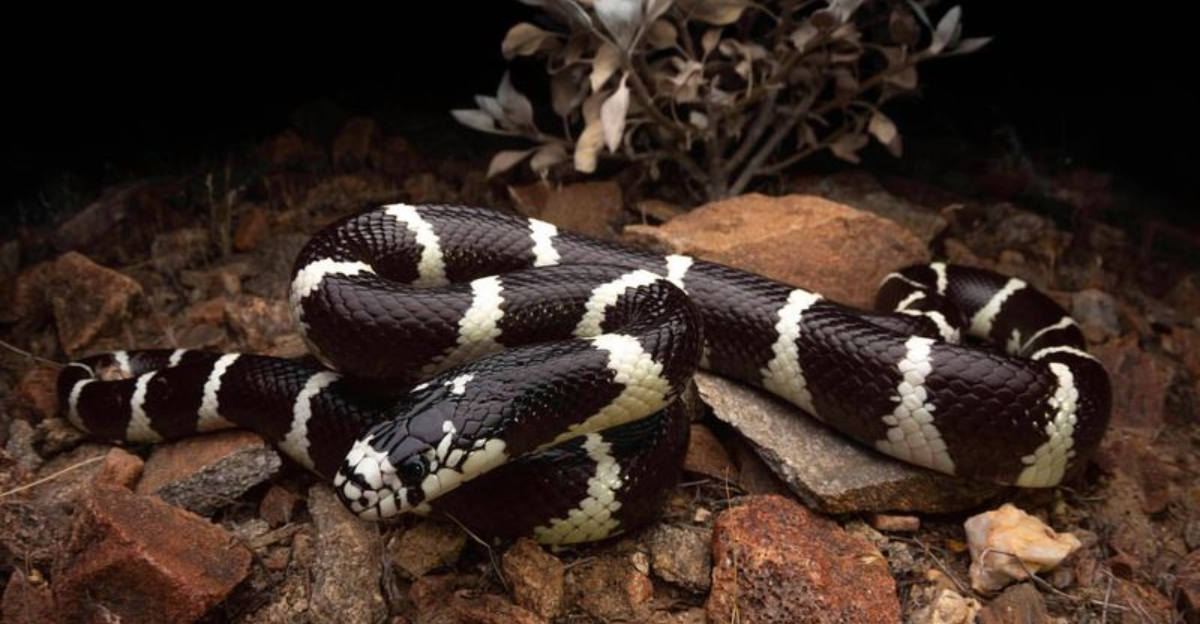Snakes are often misunderstood creatures, with many people fearing them due to the assumption that all snakes are venomous. However, the reality is quite different, as there are numerous species of snakes that pose no threat to humans.
These snakes play crucial roles in their ecosystems, often acting as pest controllers. Now, let’s see 10 fascinating non-venomous snakes, highlighting their unique features and ecological significance.
1. Corn Snake
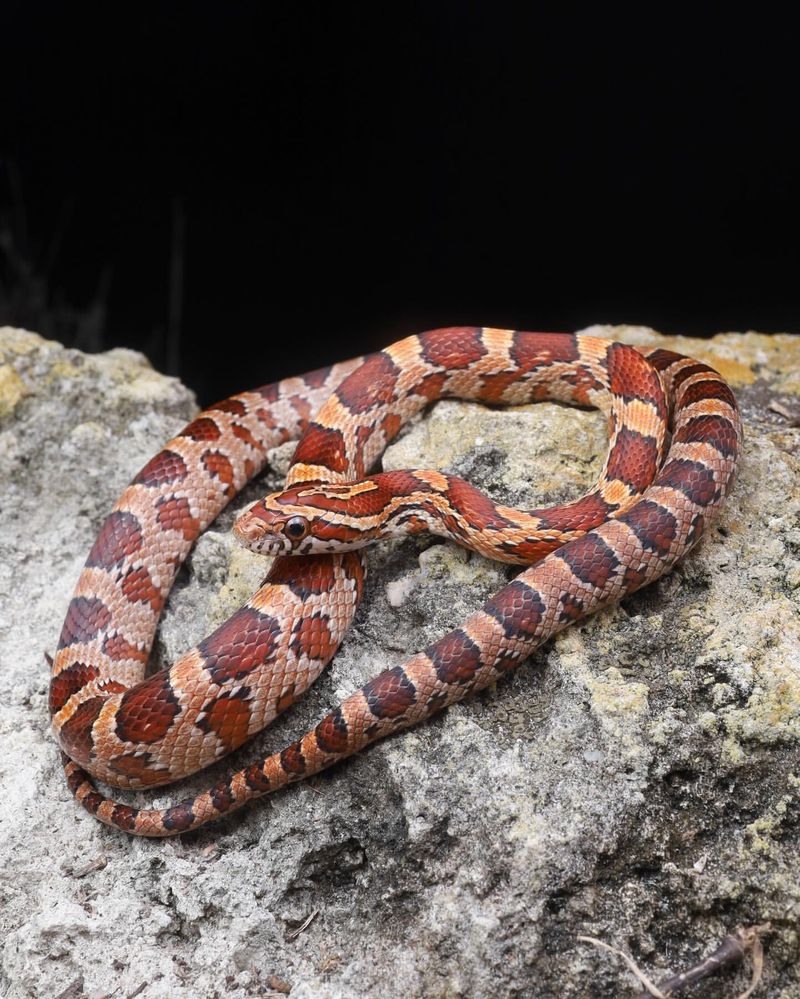
Let’s start with the charming Corn Snake, a favorite among snake enthusiasts. Known for their striking orange and red coloration, these snakes exhibit patterns resembling corn kernels, hence their name. Corn Snakes are commonly found in the southeastern United States, thriving in overgrown fields and forests.
Their docile nature and ease of care make them popular pets. Corn Snakes are non-venomous constrictors, meaning they subdue prey by wrapping around and suffocating them. Their diet mainly consists of rodents, which helps control pest populations.
Moreover, Corn Snakes are excellent climbers. They often seek shelter in abandoned buildings and barns, which also makes them beneficial for farmers. These snakes have a lifespan of up to 20 years in captivity, providing long-term companionship for reptile lovers.
2. California Kingsnake
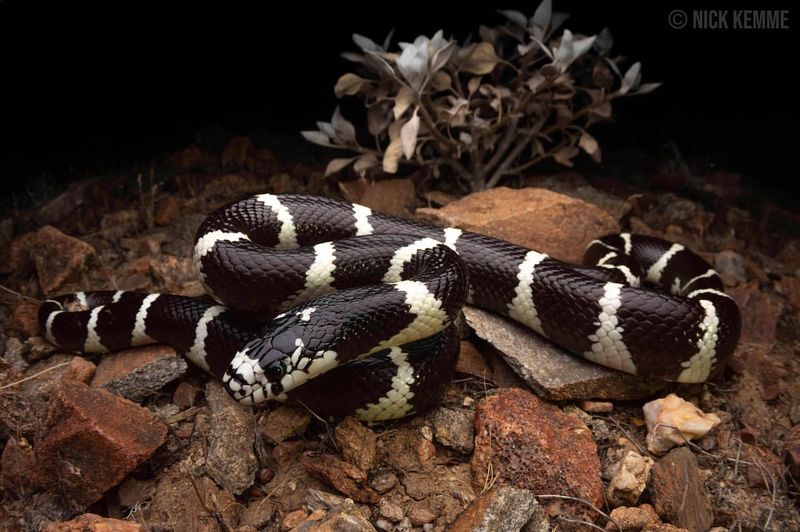
Meet the adaptable California Kingsnake, renowned for its striking black and white banding. This snake is native to the western United States and is often seen in diverse habitats, from deserts to forests.
One of the most intriguing aspects of the California Kingsnake is its immunity to venom. It preys on other snakes, including venomous species like rattlesnakes. This unique ability makes it a top predator in its environment.
In addition to their impressive hunting skills, California Kingsnakes are popular pets due to their manageable size and easy care. They can live up to 20 years in captivity, providing a rewarding experience for snake enthusiasts.
3. Eastern Rat Snake
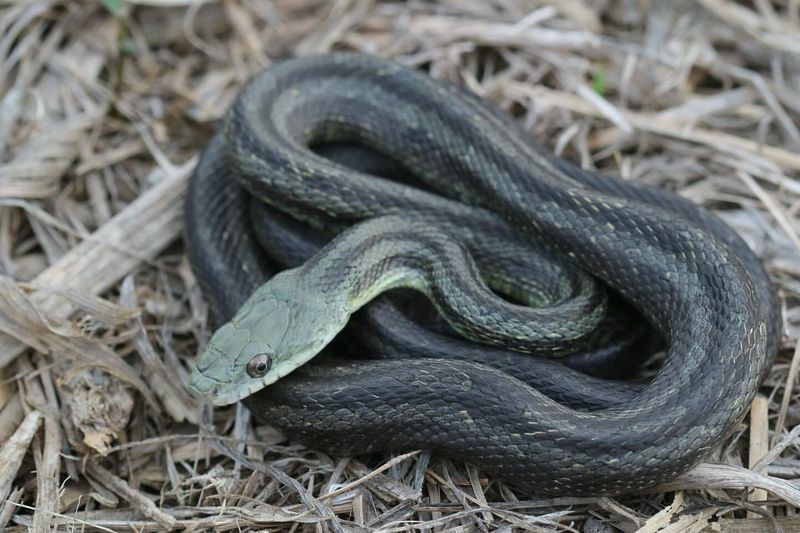
The Eastern Rat Snake, also known as the Black Rat Snake, is a robust and adaptable reptile. These snakes are commonly found in the eastern United States, thriving in forests, farmlands, and even suburban areas.
Eastern Rat Snakes are skilled climbers, often seen scaling trees and buildings in search of prey. Their diet consists mainly of rodents and birds, making them valuable in controlling pest populations.
Despite their large size, these snakes are non-aggressive and tend to flee when encountered by humans. Their calm demeanor and impressive adaptability make them intriguing subjects for wildlife enthusiasts.
4. Garter Snake
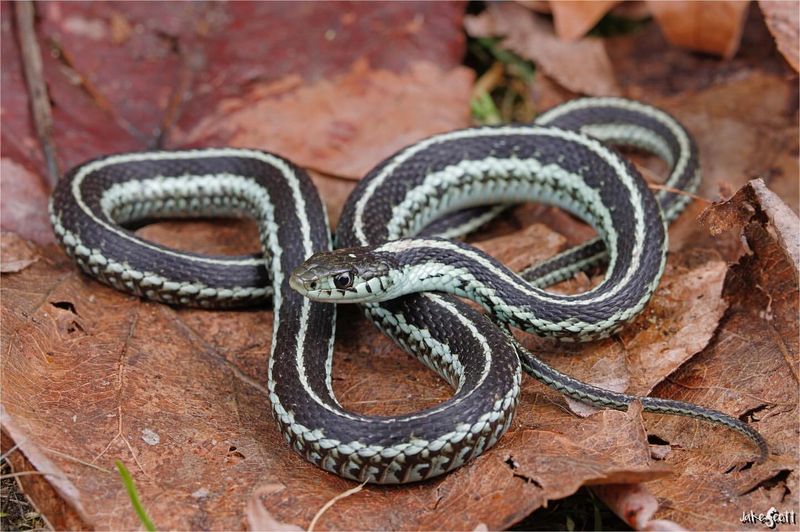
Allow me to introduce the ubiquitous Garter Snake, a familiar sight in gardens and meadows across North America. These slender snakes are easily recognizable by their longitudinal stripes, which can vary in color depending on the species.
Garter Snakes are highly adaptable, thriving in a variety of environments including marshes, woodlands, and suburban gardens. Their diet is diverse, consisting of amphibians, worms, and small fish.
Interestingly, Garter Snakes are one of the few snakes that give birth to live young. This trait, along with their adaptability, contributes to their widespread presence and ecological importance.
5. Milk Snake
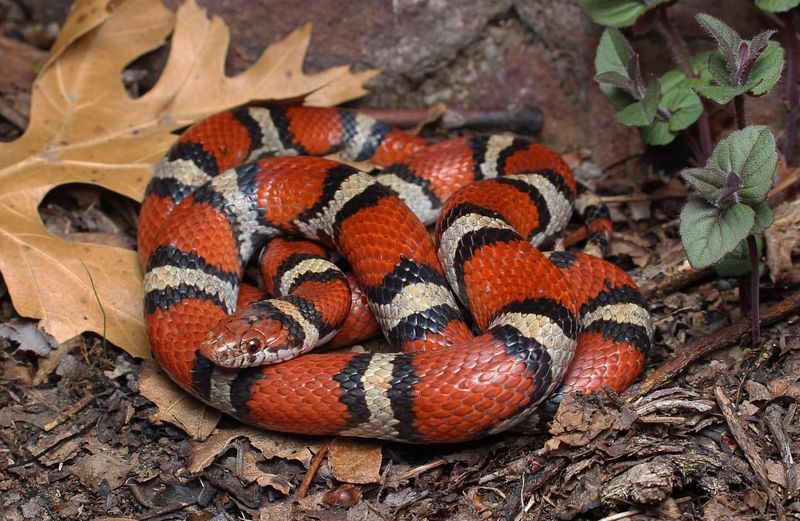
The captivating Milk Snake is often mistaken for the venomous coral snake due to its similar banding pattern. However, Milk Snakes are harmless and beneficial members of their ecosystems.
These snakes are found throughout North and Central America, inhabiting forests, fields, and rocky hillsides. Milk Snakes are nocturnal hunters, preying on rodents and small birds.
Their striking appearance and calm nature make Milk Snakes popular pets. They are named for the myth that they milk cows, which is entirely false but adds to their mystique. Milk Snakes can live for over 15 years in captivity, offering a long-lasting connection to nature.
6. Ball Python
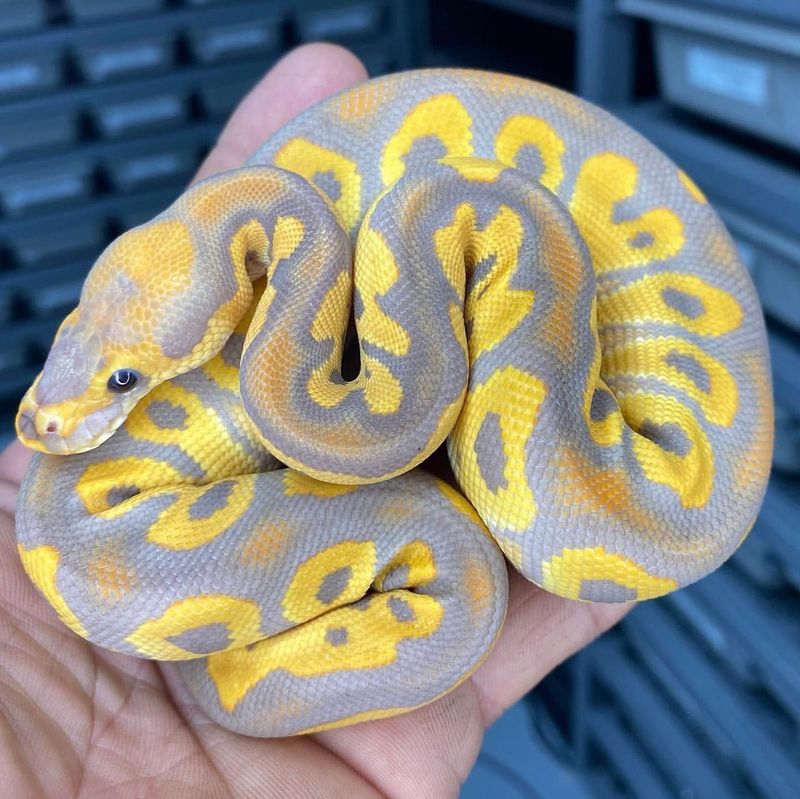
The Ball Python, also known as the Royal Python, is a beloved species among snake keepers. Originating from West and Central Africa, these snakes are cherished for their gentle temperament and manageable size.
Ball Pythons are known for their defensive behavior of coiling into a ball when threatened, hence their name. In the wild, they inhabit grasslands and open forests, preying on small mammals and birds.
These snakes are popular pets due to their ease of care and striking appearance. Ball Pythons can live for over 30 years in captivity, becoming cherished companions for reptile enthusiasts.
7. Green Tree Python
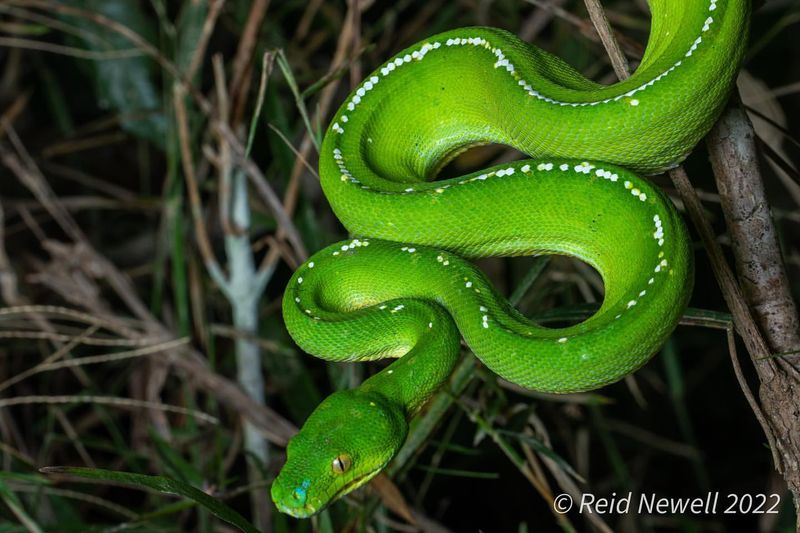
Introducing the vibrant Green Tree Python, a stunning arboreal snake found in the rainforests of New Guinea and parts of Australia. Their striking green coloration helps them camouflage among the leaves, making them elusive predators.
Unlike many ground-dwelling snakes, Green Tree Pythons spend most of their lives in the trees. They have a prehensile tail that aids in climbing and hunting birds and small mammals
Their captivating appearance and unique lifestyle make Green Tree Pythons sought after by reptile enthusiasts. However, they require specific care and habitat conditions to thrive in captivity, making them a commitment to dedicated keepers.
8. Bull Snake
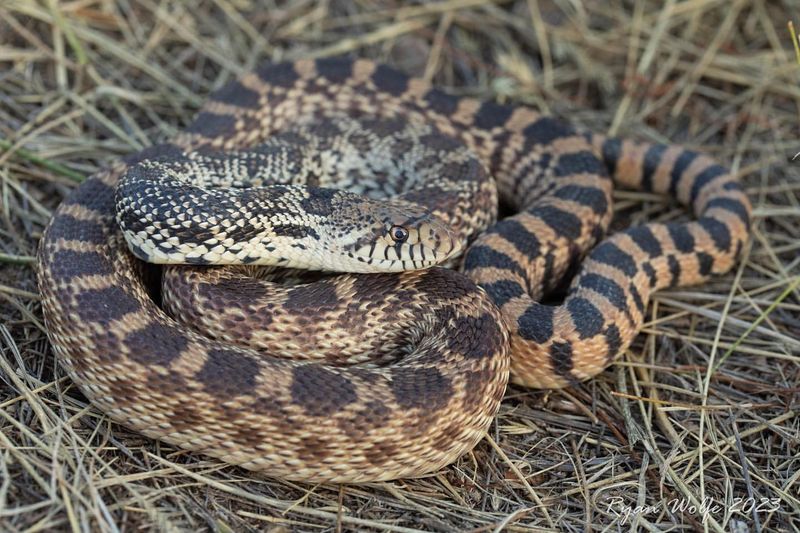
The Bull Snake is an impressive constrictor native to North America. These snakes are often found in prairies, grasslands, and agricultural areas, where they play a role in controlling rodent populations.
Bull Snakes are one of the largest snakes in North America, reaching lengths of up to 8 feet. Despite their size, they are non-venomous and pose no threat to humans.
Known for their defensive behavior, Bull Snakes may hiss loudly and mimic rattlesnakes by vibrating their tails when threatened. However, they are generally harmless and beneficial for pest control.
9. Rosy Boa
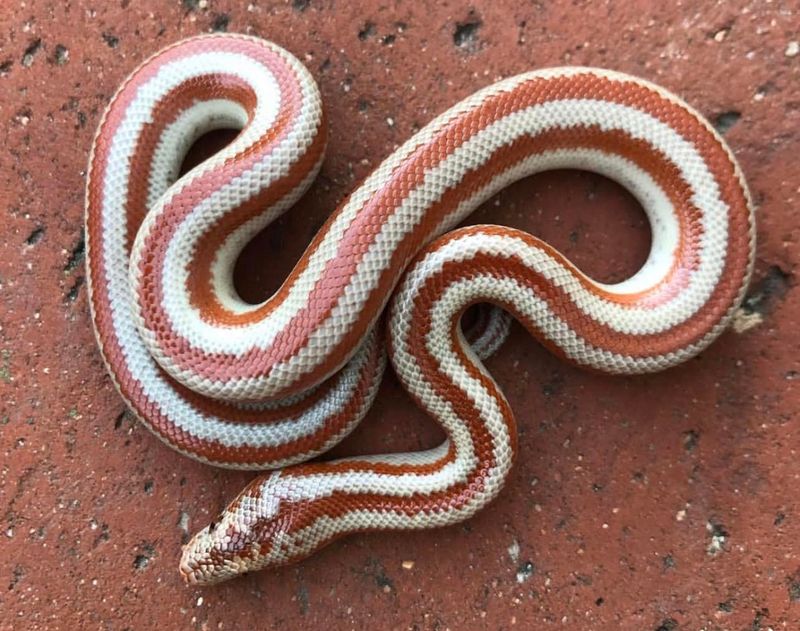
The Rosy Boa is a small, docile snake native to the southwestern United States and northwestern Mexico. Known for its beautiful coloration, which ranges from rosy pink to orange and brown, this snake is a favorite among reptile enthusiasts.
Rosy Boas inhabit arid and rocky environments, where they hunt small mammals and birds. Their slow movement and calm demeanor make them approachable and easy to handle.
With a lifespan of over 20 years in captivity, Rosy Boas provide long-term companionship for those interested in keeping snakes as pets. Their unique appearance and gentle nature make them a fascinating addition to any collection.
10. Brazilian Rainbow Boa
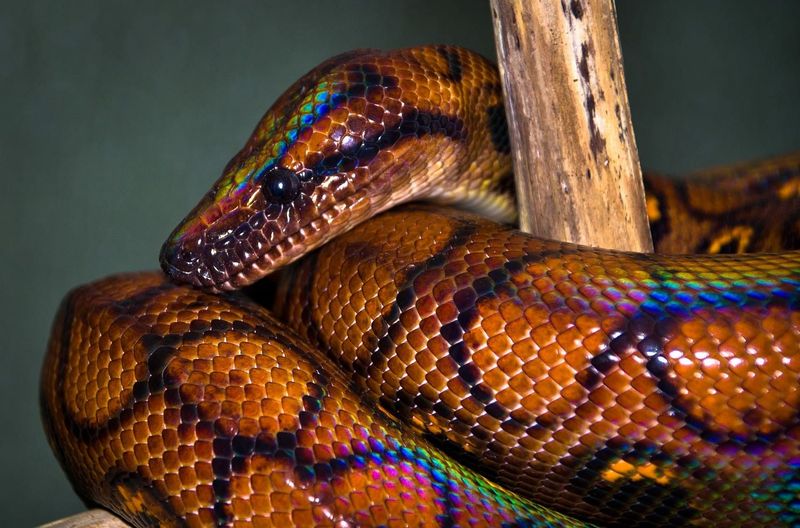
Finally, let us marvel at the Brazilian Rainbow Boa, a visually stunning snake known for its iridescent sheen. Found in the Amazon Basin, these snakes are well adapted to the humid, tropical environment.
Their diet primarily consists of small mammals and birds, which they capture with precision. Brazilian Rainbow Boas are non-venomous constrictors, subduing prey with their powerful bodies.
These snakes are a popular choice among experienced reptile keepers. Their vibrant coloration and unique iridescence make them stand out in any collection. With proper care, they can live for over 20 years in captivity.

